The Grand Concourse, opened in 1909, designed after the Champs-Élysées in Paris, with its wide street and art deco styled buildings. In 2011, the New York City Landmarks Preservation Commission declared a historic district on the Grand Concourse from 153rd to 167th Street. Today you’ll find a vibrant collection of galleries, museums and restaurants here and because of the lovely art deco architecture and close proximity to Manhattan, the southern portion has been experiencing gentrification and is drawing many young professionals to the area, that was once run down after its early 20th Century glory days.
A leisurely walk along this famed Bronx roadway will take you past numerous famous buildings which include: The Bronx County Courthouse, The Bronx General Post Office, The Bronx Museum of the Arts, Dollar Savings Bank Building, the 10-story headquarters of the Dollar Dry Dock Savings Banks (now liquidated), Hostos Community College, Loew's Paradise Theater, Poe Cottage and The Fish Building.
www.vchm.org
Talk about historic buildings!!
The Van Cortlandt House Museum, also known as Frederick Van Cortlandt House or Van Cortlandt House, is the oldest surviving building in New York City's borough of The Bronx. The Georgian style house, was built by Frederick Van Corlandt, beginning in the year 1748, on the plantation that had been owned and farmed by his prominent New York mercantile family since 1691.
The house had many famous guests during the Revolutionary War that included Rochambeau, Lafayette, and Washington.
After 140 years of family occupancy, the house was sold to the city of New York in 1887 and turned into a parkland. Then, in 1895, after dealing with a great deal of red tape, The National Society of Colonial Dames in the State of New York took over, refurbishing the house and turning it into a museum. The Van Cortlandt House Museum opened to the public on May 25th of 1897. It is a New York City Landmark, recognized for its historic and architectural importance of both the exterior and interior as well as being designated a National Historic Landmark and listed on the National Register of Historic Places.
www.bronxhistoricalsociety.org
The second oldest house in the Bronx, Poe Cottage was the home of American poet, Edgar Allan Poe from 1846 to 1849, the year of his death. Moving from lower Manhattan to the "country" for his tuberculosis stricken wife, Poe settled in the cottage which was then a part of the Valentine Estate in the Fordham section of what was part of Westchester County, at that time.
Though his wife only survived six months, Poe remained in the cottage and a resident of the Bronx for three more years, writing some of his best works, frequenting such places as St. John's College (now Fordham University) and The High Bridge, situated on the lands that now comprise The New York Botanical Gardens.
www.nybg.org
Every year from mid November until mid January, The New York Botanical Gardens (NYBG) holds a Holiday Train Show® exhibition that completely takes over the Enid A. Haupt Conservatory and is transformed into a miniature train lovers fantasy come true!
This 25+ year New York tradition is definitely a must see event, where enchanting model trains zip past popular landmarks under the twinkling glow of the magical Haupt Conservatory! G-scale trains choo-chooing along local familiar and iconic sights such as the Brooklyn Bridge, Statue of Liberty, and Yankee Stadium where the atmosphere just really draws you in!
www.arthuravenuebronx.com
Probably one of the best kept secrets of New York is Little Italy in the Bronx. Located in the Belmont section, Arthur Avenue an the surrounding blocks offers some of the finest Italian-American foods, dining, and shopping. According to the Arthur Avenue website, a recent ranking confirmed by a Zagat Survey whose readers have repeatedly given “Best Buy” status to more Arthur Avenue shops than any other neighborhood in New York City! 2018 will mark the 100th Anniversary of Arthur Avenue!
For tourists, a visit to Arthur Avenue is the quintessential New York City experience!! Generations of Italian families have given the area a special small-town character, unique for an urban setting, and at the same time establishing traditions that permeate the neighborhood. As a former resident of Arthur Avenue, while attending Fordham University, I can attest to its charm.
Among the notables born and raised here are actor Chazz Palminteri, author Don DiLillo and rock star Dion DiMucci, whose group, Dion and the Belmonts, is named after a local street (Belmont Avenue). Joe Pesci began his acting career after being discovered by Robert DeNiro at a local neighborhood restaurant, where Pesci worked as the maitre’d.
www.thewoodlawncemetery.org
Woodlawn Cemetery is more than just the final resting place for those buried within it, but also a destination for viewing some of the most breathtaking monuments and edifices contained within the city, and as such, should absolutely be added to your important points of interest list within New York City.
This 400-acre non-sectarian cemetery, it is without a doubt, an oasis in an urban setting, built on rolling hills with tree-lined roads and one of the largest cemeteries in all of the city of New York. There are more than 310,000 individuals that are interred on its grounds, many of which were great figures in American industry, the arts and politics.
Designated a National Historic Landmark in 2011, Woodlawn has been described by the National Parks Service as “a popular final resting place for the famous and powerful,” and the cemetery is distinguished by memorials that “represent the largest and finest collection of funerary art in the country.”
wwwbronxriver.org
Named after colonial settler Jonas Bronck, the Bronx River is the only fresh water river in New York City and runs 24 miles. Through the amazing work of the Bronx River Alliance and their dedicated team, this river is now a beautiful destination for a variety of recreational programs. From May to October, a full calendar of public canoe tours are offered along all eight miles of the Bronx River within the Bronx. Private tours for groups and individuals are available as well.
www.mlb.com/yankees
There are so many reasons to visit Yankee Stadium - as the home of the renown New York Major League Baseball team, the architecture of the new stadium and the history contained within.
The New York Yankees have way too many facts and statistics to name. However, the Bronx Bombers are one of the most successful sports clubs in the world, having won 18 division titles, 40 American League pennants, and 27 World Series championships, all of which are MLB records. Yankee Stadium is not only a part of Bronx history but a big part of American history.
Viewing a baseball game from inside the stadium as well as a stadium tour, is reason enough to visit the Bronx! The new stadium, which opened in April, 2009, combines elements of the original Yankee Stadium, both in its original 1923 state and its post-renovation state in 1976. The exterior resembles the original look of the 1923 Yankee Stadium, while the interior is a modern ballpark with greater space and increased amenities, featuring a playing field that closely mimics the 1988–2008 dimensions of the old stadium. Tours typically run daily.
Regardless of your favorite ball team, a visit to Yankee Stadium is a must!
www.bronxzoo.com
The Bronx Zoo opened in 1899 and today it is the largest metropolitan zoo in the United States and among the largest in the world. On average, the zoo has 2.15 million visitors each year, and it comprises 265 acres of park lands and naturalistic habitats, through which the Bronx River flows.
It is worth allocating an entire day to visiting as there are many pavilions to see and depending on when you go, events and entertainment for a full day of fun for the entire family.
City Island is a small island and a neighborhood approximately 1.5 miles long by 0.5 miles wide and most well known for its seafood. There are over 30 eating establishments, ranging from fast food, French cuisine to desserts. While a few of the restaurants close during the winter months, most are open year-round.
That's not all - this island has a great deal of history and a few points of interest worth visiting.
Originally inhabited by the Siwanoy band of Lenape Indians, City Island later was settled by Europeans including Anne Hutchinson and English nobleman Thomas Pell in the 1600's. Perhaps the most instrumental person in the development of City Island was Benjamin Palmer who had the vision of developing the island into a port, which could rival that of New York. He knew that ships heading north and south passed City Island using the Long Island Sound as a safe inshore waterway. He envisioned shipyards, and stores that could cater to the ships. Palmer is also responsible for changing the name of this little island from Minefer's Island to City Island.
Historic sites and landmarks include The City Island Nautical Museum which displays maritime artifacts and antiques, and The Samuel Pell Mansion.
With a rich history that began in 1841 when it was founded by the Catholic Diocese as St. John's College, Fordham University is the oldest Catholic university in the northeastern United States, the third-oldest university in New York, and the only Jesuit university in New York City.
The Rose Hill Campus, located on Fordham Road, near Little Italy, The New York Botanical Garden and the Bronx Zoo is full of Gothic architecture, expansive lawns, ivy-covered buildings and cobblestone streets. In 2008, MSNBC named it one of "America's Prettiest College Campuses." It is well worth strolling through or to catch a Fordham Ram's Football game!
www.nybg.org
Having traveled all over the world, and taken a tremendous number of photographs of flowers in every imaginable setting, I can say, wholeheartedly, that The Orchid Show at the New York Botanical Gardens ranks among the world's most lovely!
Each Spring, for the past sixteen years, The Orchid Show showcases thousands of dramatically displayed orchids in the Enid A. Haupt Conservatory. With tens of thousands of species thriving in habitats around the globe, orchids are some of the most diverse and well-adapted plants on Earth. There are an estimated 30,000 naturally occurring orchid species and tens of thousands of artificially created hybrids, making Orchidaceae the largest plant family on Earth!
If you are visiting New York City in the Spring, put the Orchid Show on your travel itinerary!!
www.ferragosto.com
The Ferragosto tradition has a history dating back many centuries. This annual celebration recognizes the end of the harvest season, with a focus on enjoying the fruits of those labors. For over 15 years, the merchants of the Arthur Avenue/Belmont section bring the Italian tradition to the Bronx and engage visitors in Italian culture, traditions, music and of course, the greatest food.
The 2018 Ferragosto will take place on September 9, 2018 from 12 Noon – 6 PM and will include traditional Italian street performances and celebrity guests and activities for kids!
www.bronxmuseum.org
Located on the historical section of the Grand Concourse, at 165th Street, The Bronx Museum of the Arts is a contemporary art museum that contains a permanent collection, special exhibitions, and education programs that strive to reflect the borough's dynamic communities. The building was originally the Young Israel Synagogue, or Young Israel of the Concourse, constructed from 1959 to 1961 and designed by Ukrainian-born Simon B. Zelnick. The building was converted into a museum space in the early 1980s using concrete, steel and glass, at the cost of $2 million.
Internationally recognized as a cultural destination that presents innovative contemporary art exhibitions and education programs, the Museum is committed to promoting art and programs for diverse audiences. On display in its permanent collection are more than 1000 pieces of art.
www.stlucybronx.org
Did you know that one of the holiest Catholic places in the United States is located in the Bronx? Our Lady of Lourdes Grotto, or “Lourdes of America” as it is commonly referred to, is part of St. Lucy’s Church.
The history of The Grotto dates back to 1937 when it was built under the leadership of Pastor Monsignor Pasquale Lombardo. After traveling to the famous grotto in Lourdes, Monsignor Lombardo set out to build a replica of the Lourdes Grotto on the church grounds. Lourdes is a French town in the Pyrenean foothills which was home to eighteen sightings of the Virgin Mary beginning with Bernadette Soubirous’ vision on February 11th, 1858.
Monsignor Lombardo's goal was to provide parishioners as well as visitors, with the spiritual experience of the Lourdes, France grotto without the transatlantic pilgrimage. Situated within the churchyard, but clearly visible from the street, Our Lady of Lourdes Grotto is made of stacked stones that form a thirty foot “cave.”
Each Sunday, the bell at St. Lucy’s is rung, creating the same D natural tone as the church in Lourdes, France. The grotto is open daily, morning to sunset, weather permitting.

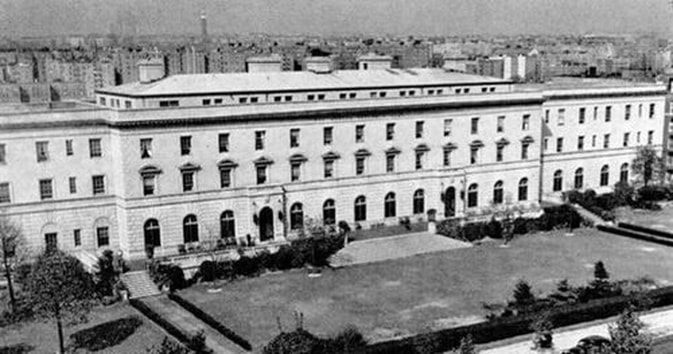
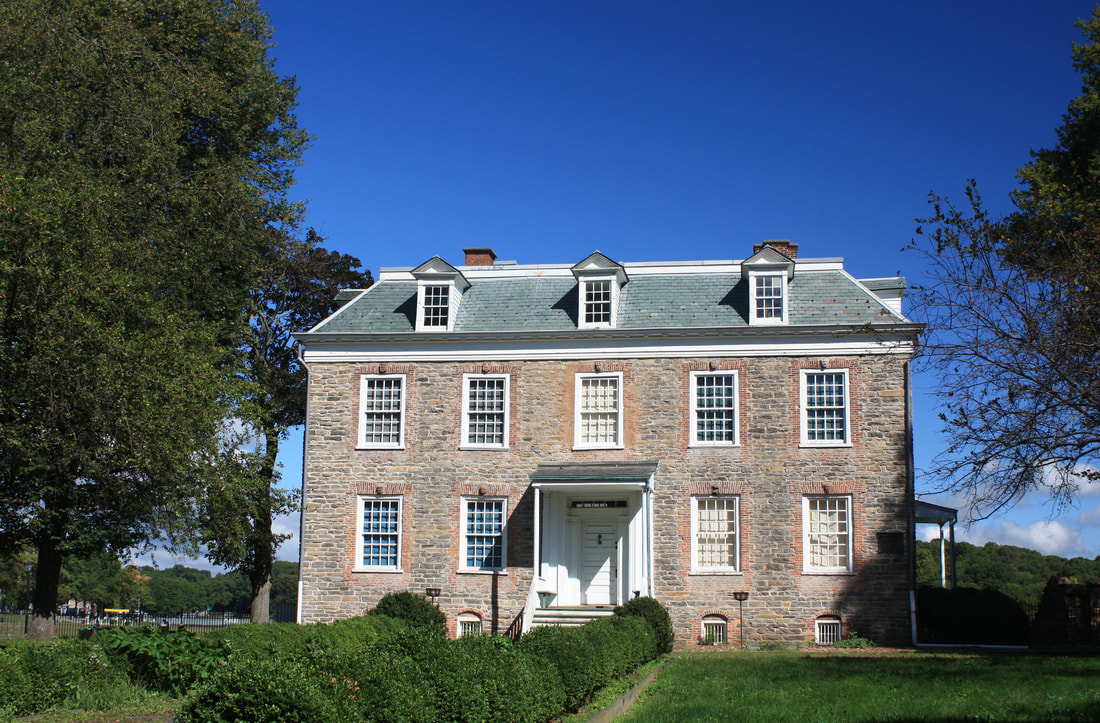
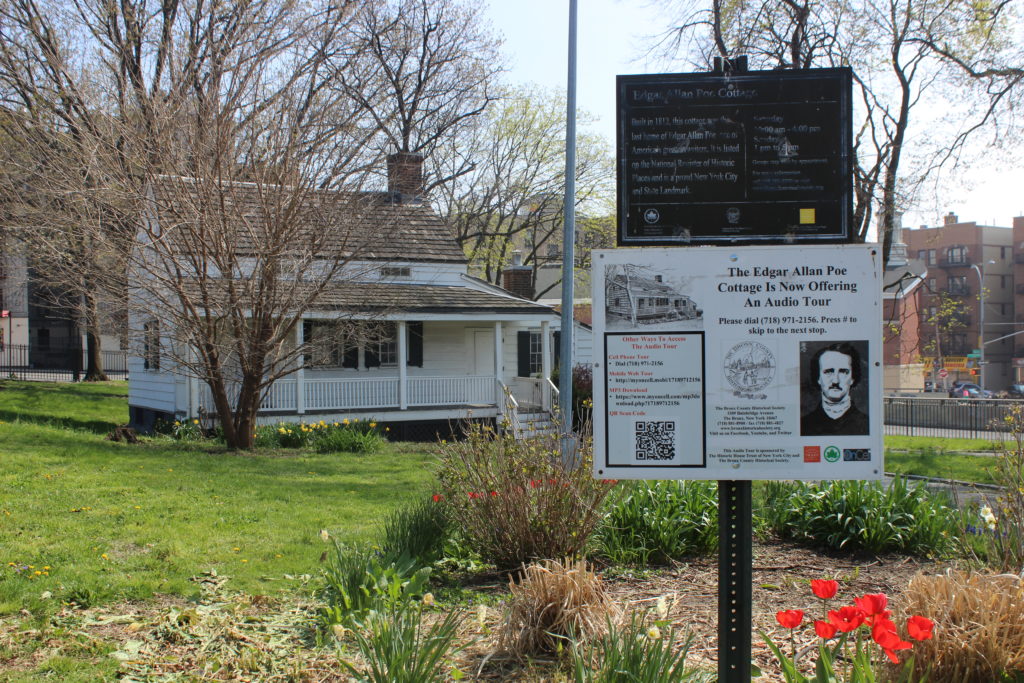
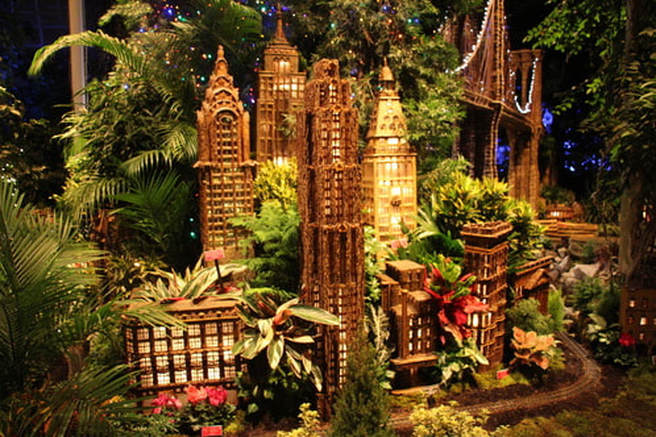
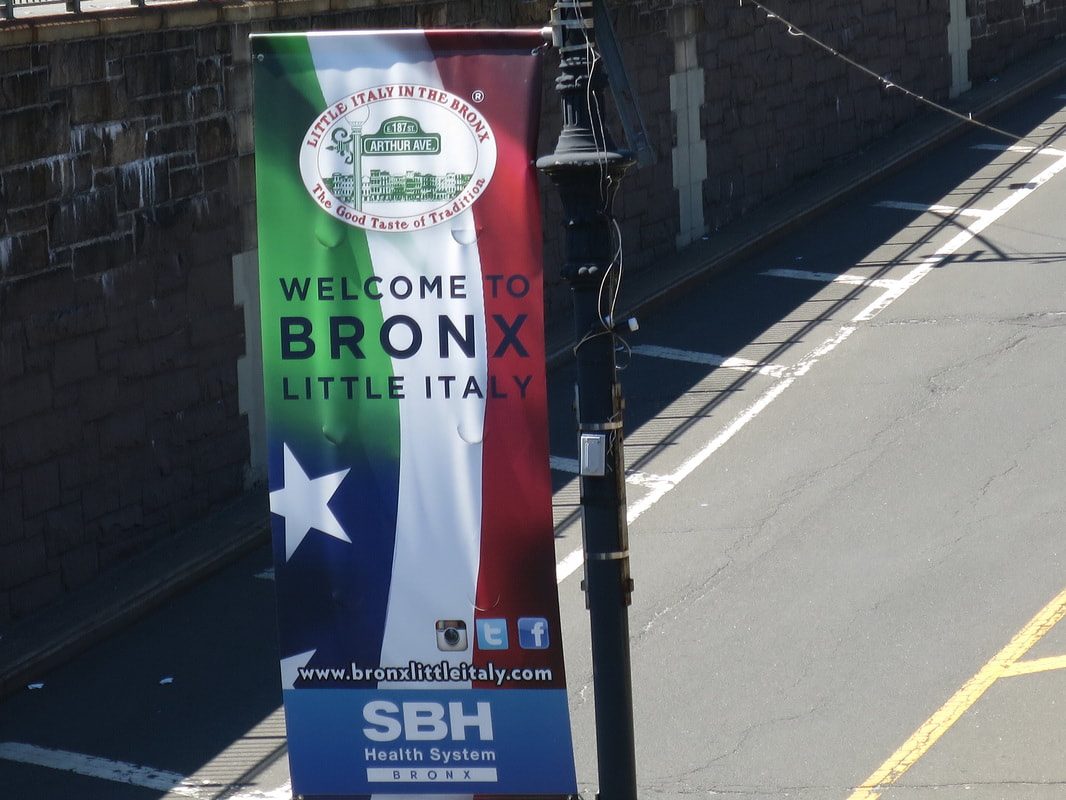
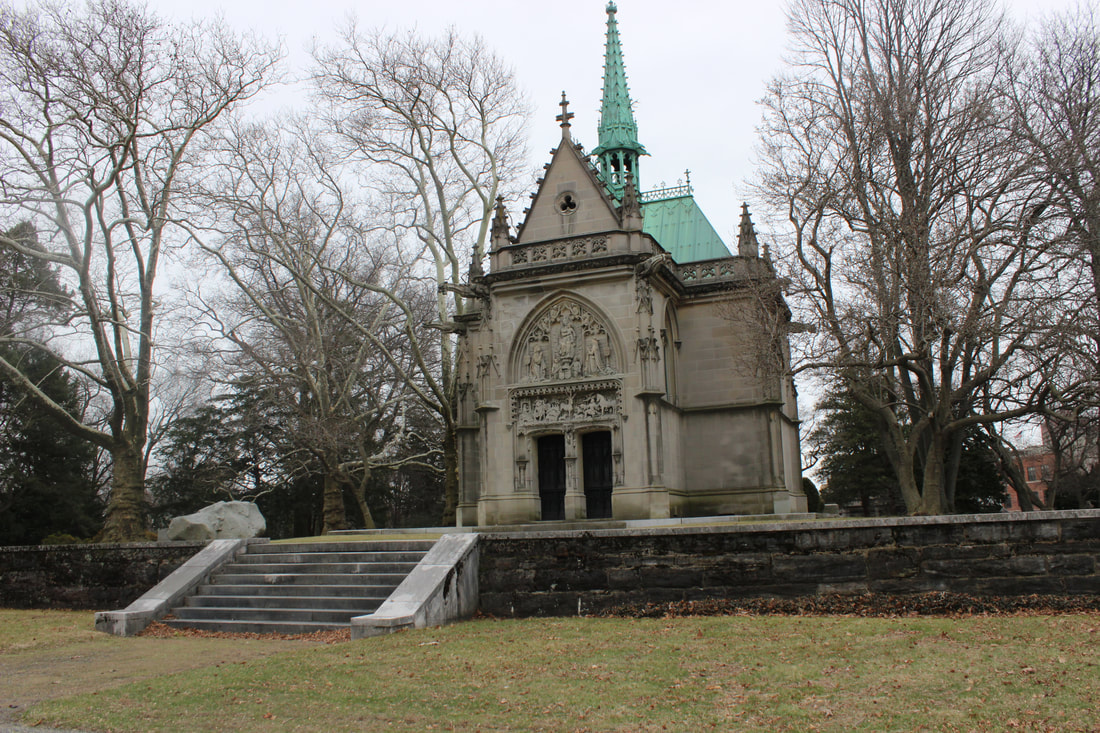
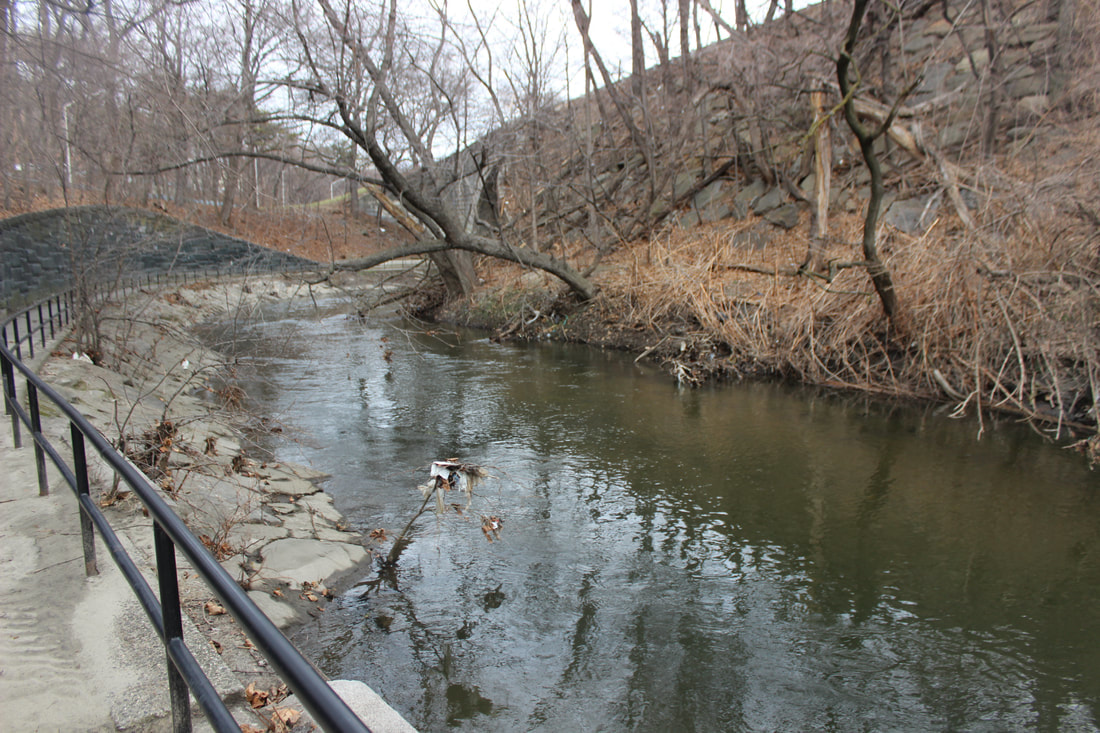
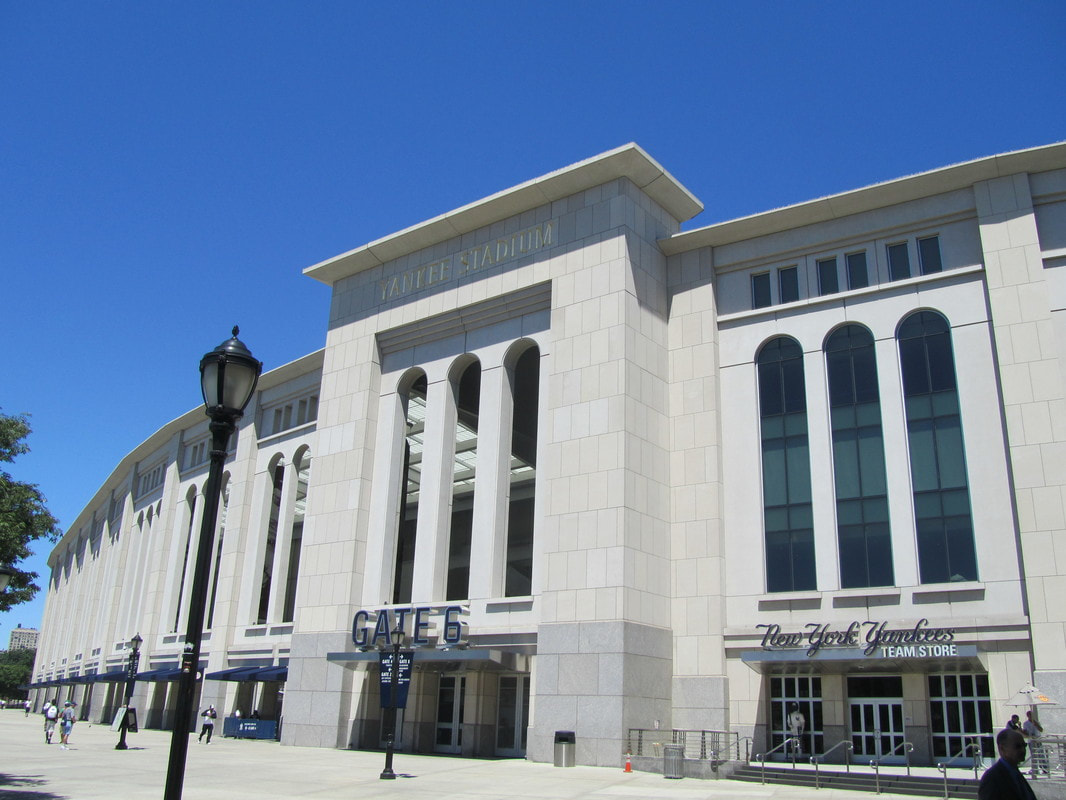
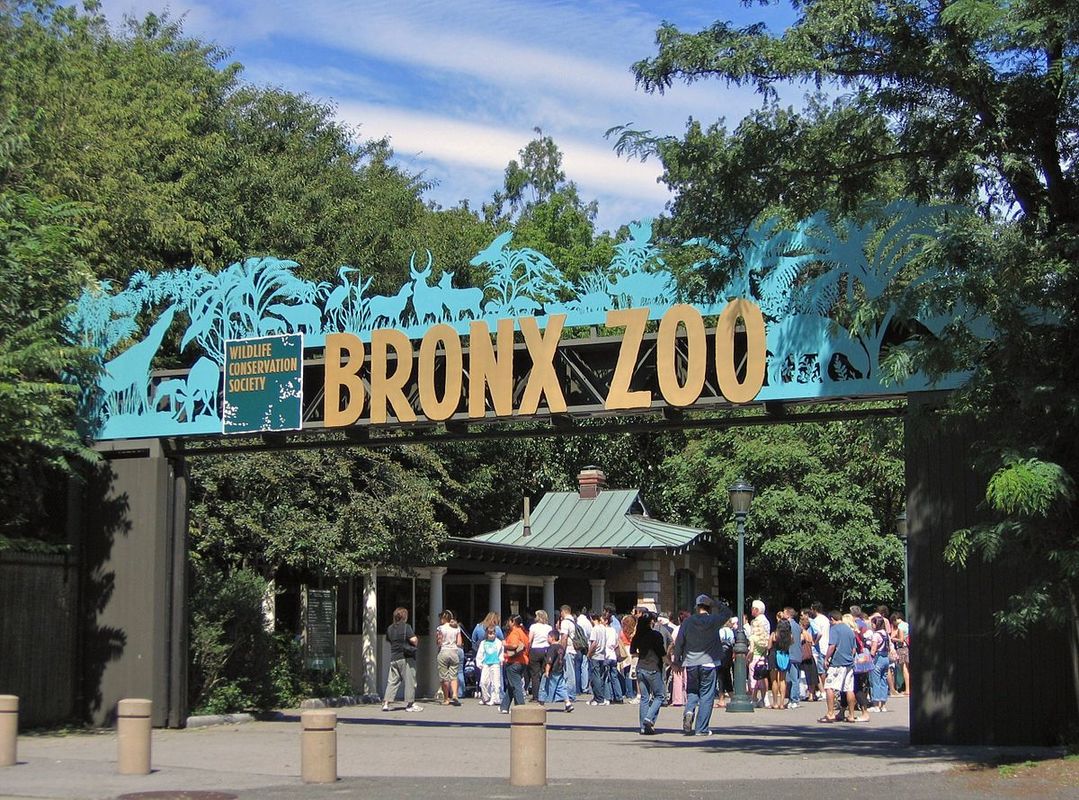
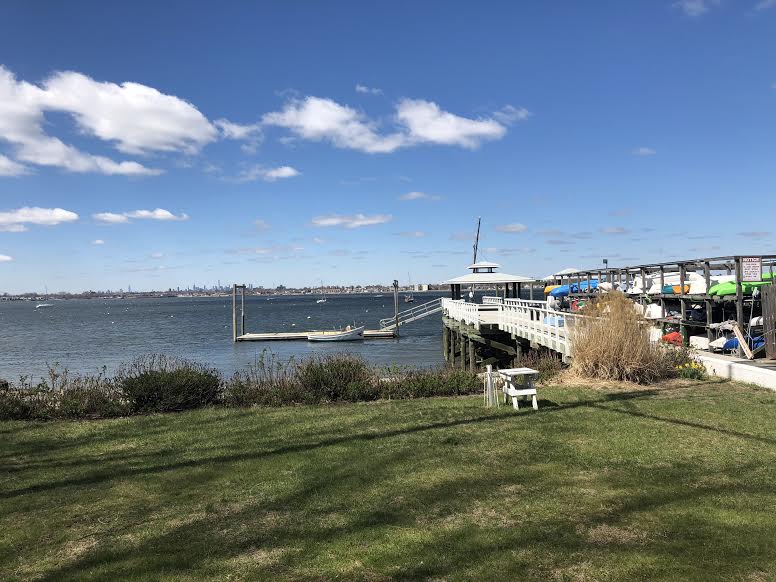
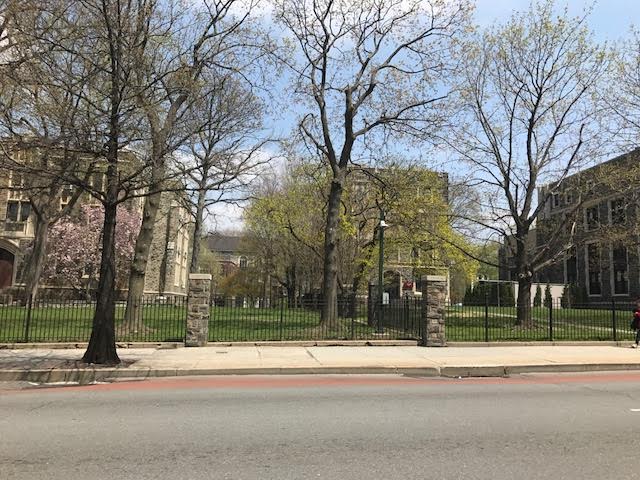
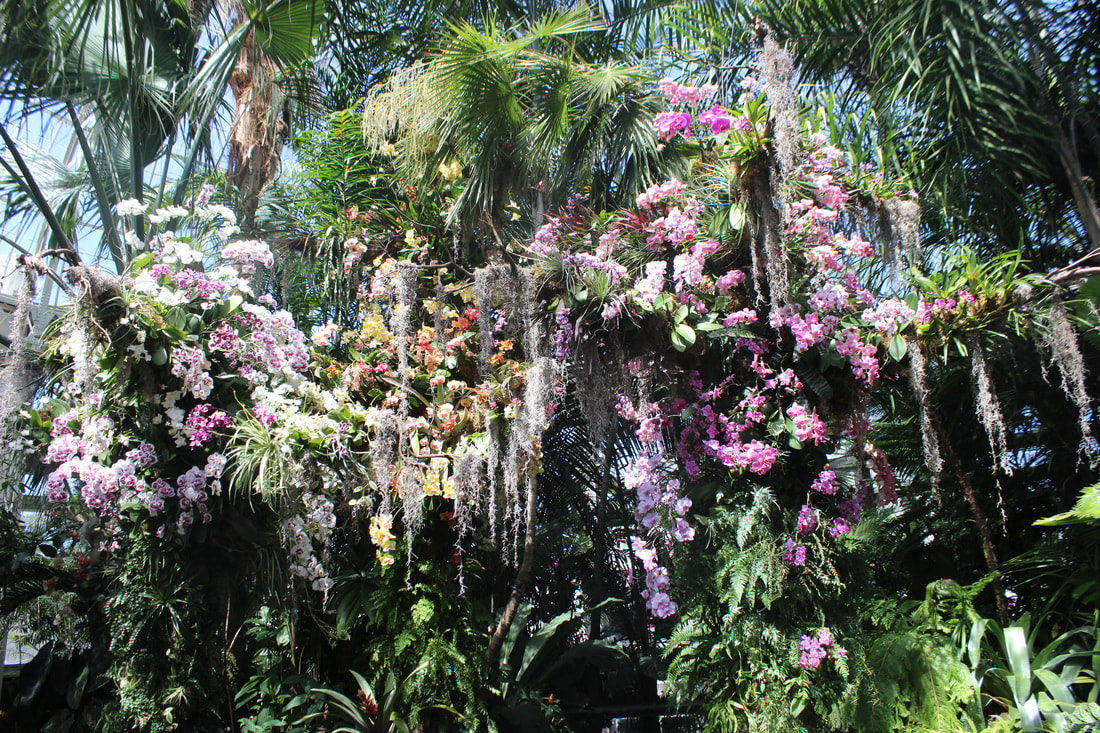
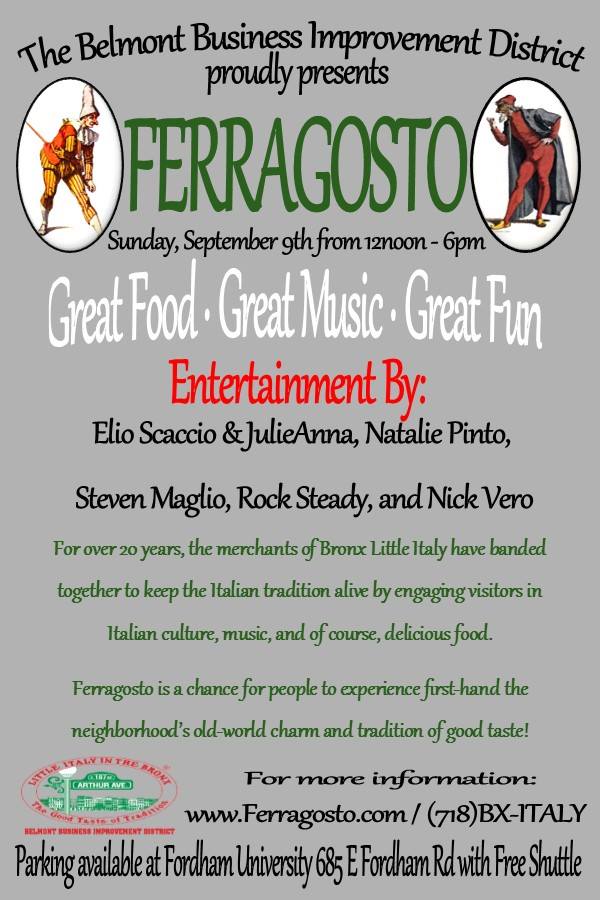
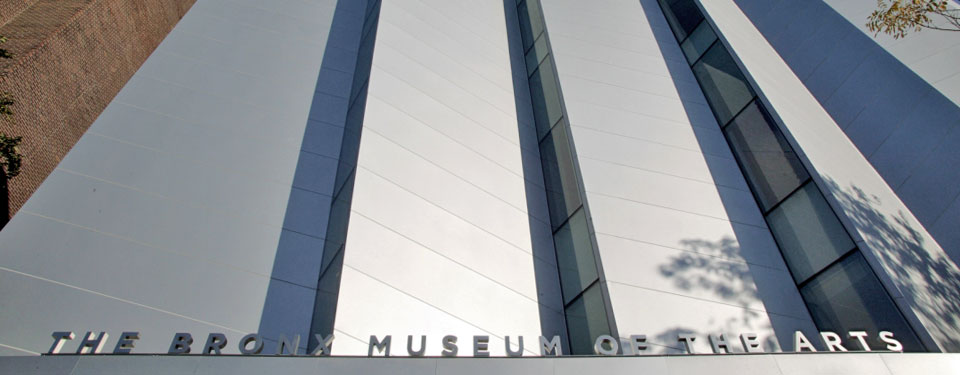
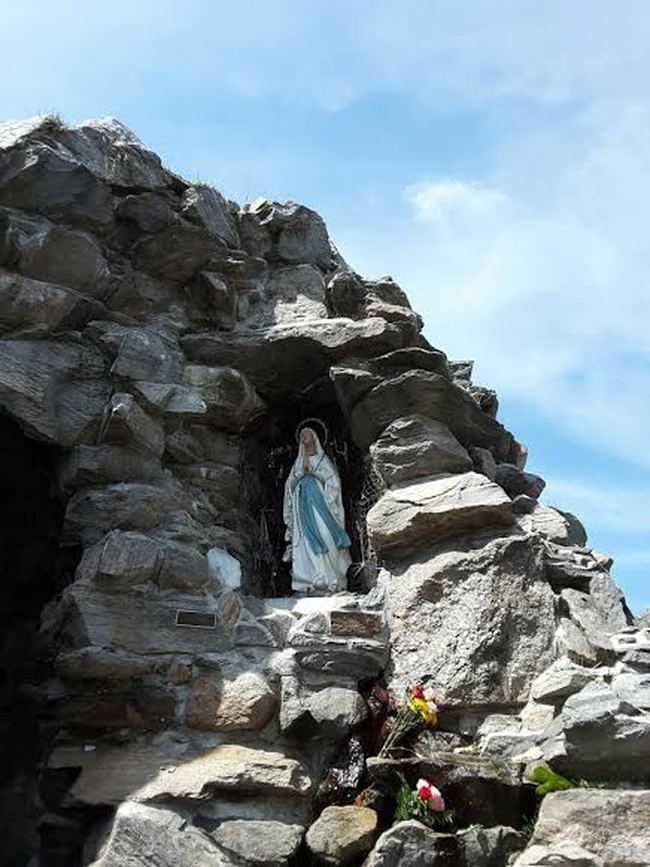
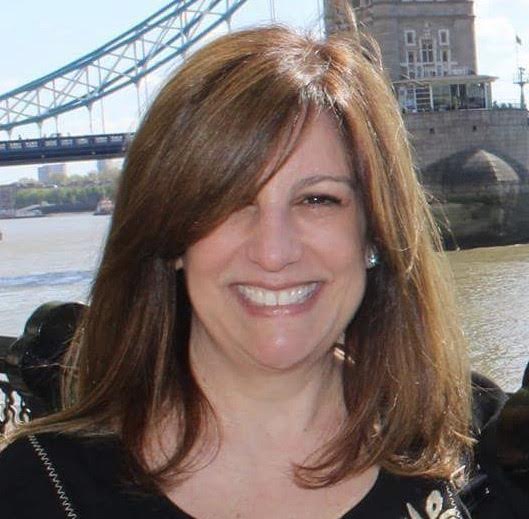
 RSS Feed
RSS Feed